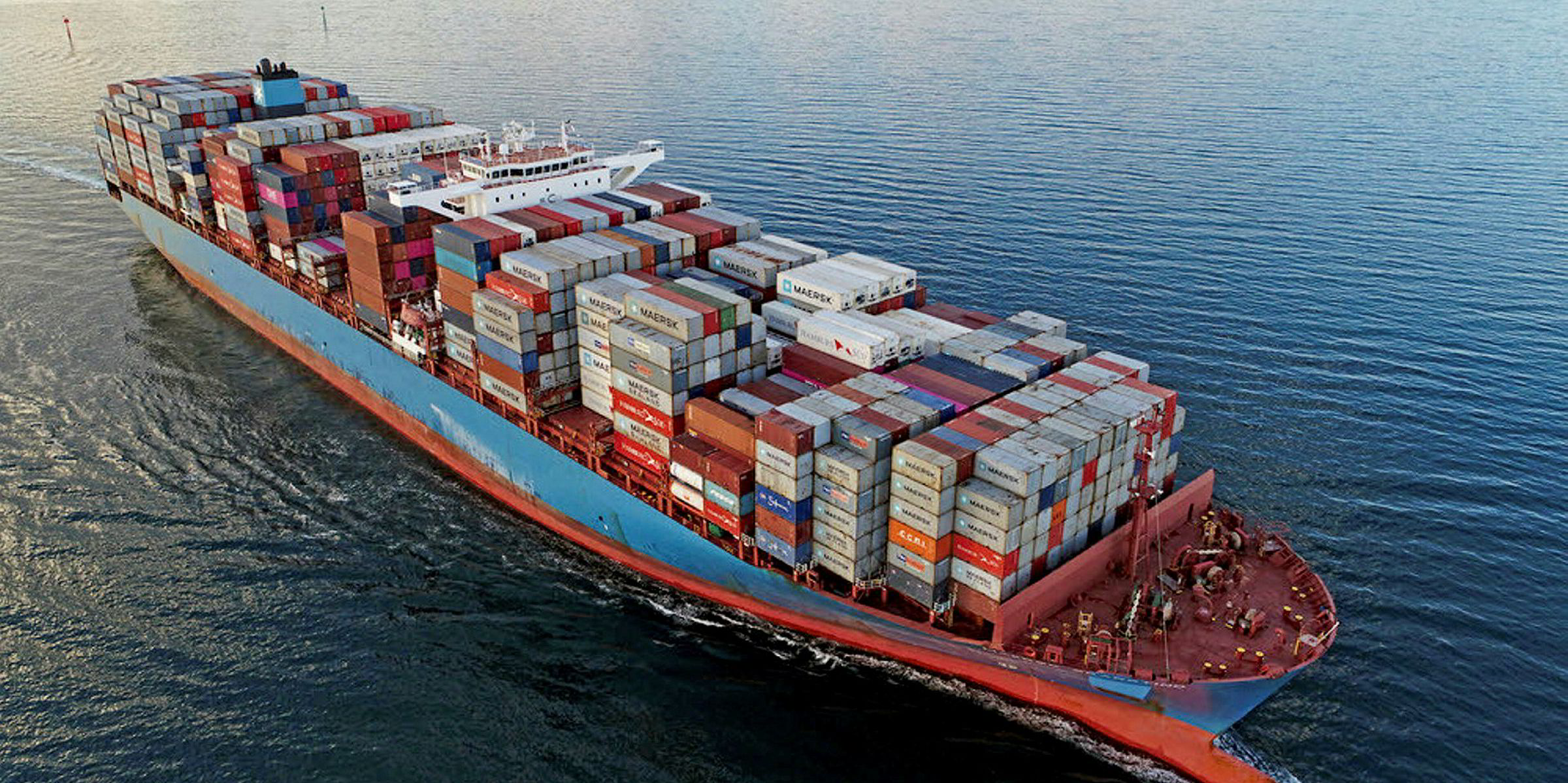Finnish shipping technology giant Wartsila has taken a big step towards a workable solution for using ammonia as a ship fuel.
The company began tests last month involving combustion engines using the sustainable chemical.
The research is aimed at establishing the viability of ammonia, the company said. It added that based on initial results, the tests will be continued with both dual-fuel and spark-ignited gas engines.
These will be followed, starting in 2022, with field tests in collaboration with shipowners.
"A combustion engine is perfect for fuel flexibility, but some changes are needed," Wartsila marine power president Roger Holm told TradeWinds.
"I don't think we are that far away, but it's more the practicality of other things, rather than the ammonia combustion in an engine itself that is the key criteria."
These other factors include price, availability and space needs on the ship, he added.
"When you can produce it from renewables, then it will be interesting," he said.
But Holm also pointed out that regulations are needed as ammonia is toxic.
Eidesvik makes first move
The company closest to using ammonia on a vessel is Norway's Eidesvik Offshore.
The offshore vessel owner claimed a world first in January with a plan to fit an ammonia-powered fuel cell to a platform supply vessel (PSV).
The ShipFC project, which will test a carbon-free tool at a time when shipping and regulators are wrestling with how to reduce shipping's carbon footprint, involves the 6,000-dwt Viking Energy (built 2003) and a partnership with 14 companies including oil major Equinor and NCE Maritime CleanTech.
The project is receiving €10m ($11.1m) funding from the European Union to complete the work, which is planned for late 2023.
Owners coming together
On Wednesday, French classification society Bureau Veritas (BV) revealed it is working on ammonia solutions with owners DFDS, Gaslog, Star Bulk, Capital Ship Management, MOL, CMB, Exmar, Stolt Tankers and NYK.
Stena Teknik, Samsung Heavy Industries, MAN Energy Solutions and Shell are also among the study group members who met in February.
They are focusing on addressing relevant technical and safety challenges.
In comparison with conventional heavy fuel oils, ammonia is less energy-dense, can be liquefied at -33°C, and stored at atmospheric pressure for use as a marine fuel.
Diane Ruf, BV's head of risk, reliability and maintenance, said: "The workshop was carried out to identify the safety and operational hazards associated with the use of ammonia as fuel for [a] propulsion engine on board a VLCC."
The event covered storage space and bunker stations, fuel treatment and pump rooms and the engine room.
The next step is examining vessel designs.
LPG trials successful
Wartsila is also focusing on LNG and methanol solutions, and in February its LPG fuel supply system successfully completed full scale testing with a full-sized 2-stroke marine engine burning LPG.
The tests were completed by retrofitting the system on four VLGCs owned by BW LPG.
As a result, the shipowner exercised its option to retrofit the systems on four additional vessels.
Flexibility needed
"There are pros and cons with all fuels. We believe that as part of the sustainability development and a push for much less emissions in shipping we will see a lot more demand for fuel flexibility," Holm said.
The Wartsila executive said one solution won't fill all needs, and the company envisions a future with ammonia, hydrogen and methanol in the mix.
He added: "Our focus is to be the best on fuel flexibility, and we will see regional differences. Quite a lot of the ammonia discussion comes from Norway."
Regarding hydrogen, he said the company has been running engines with a mix of hydrogen and LNG and is looking to develop this further.
Wartsila has said it remains committed to investing in research and development projects, despite cost-cutting during the pandemic.
The outfit sees this as critical to its long-term success.







